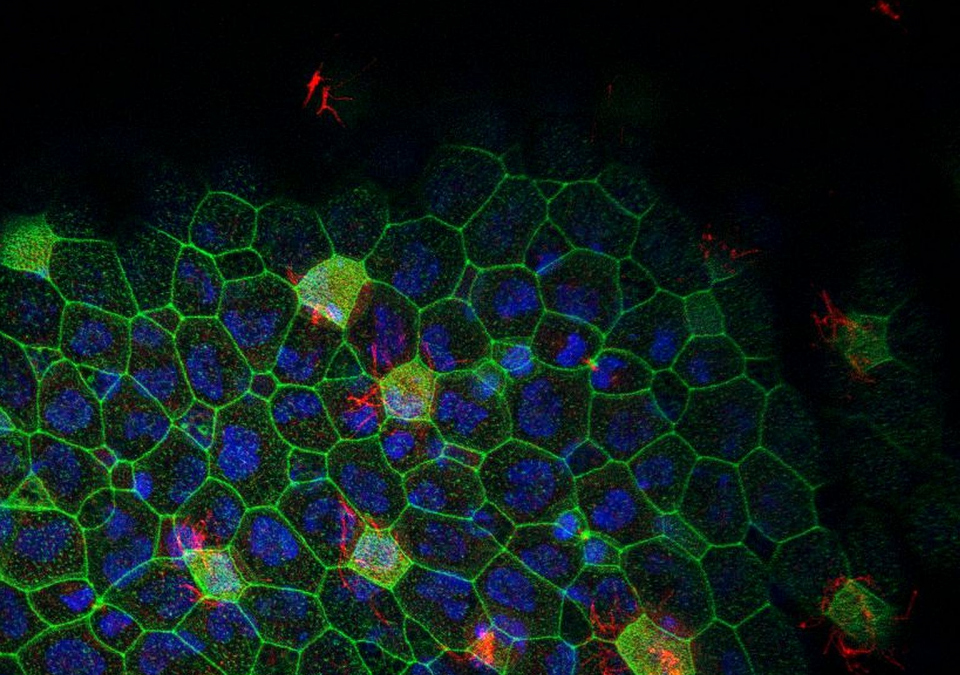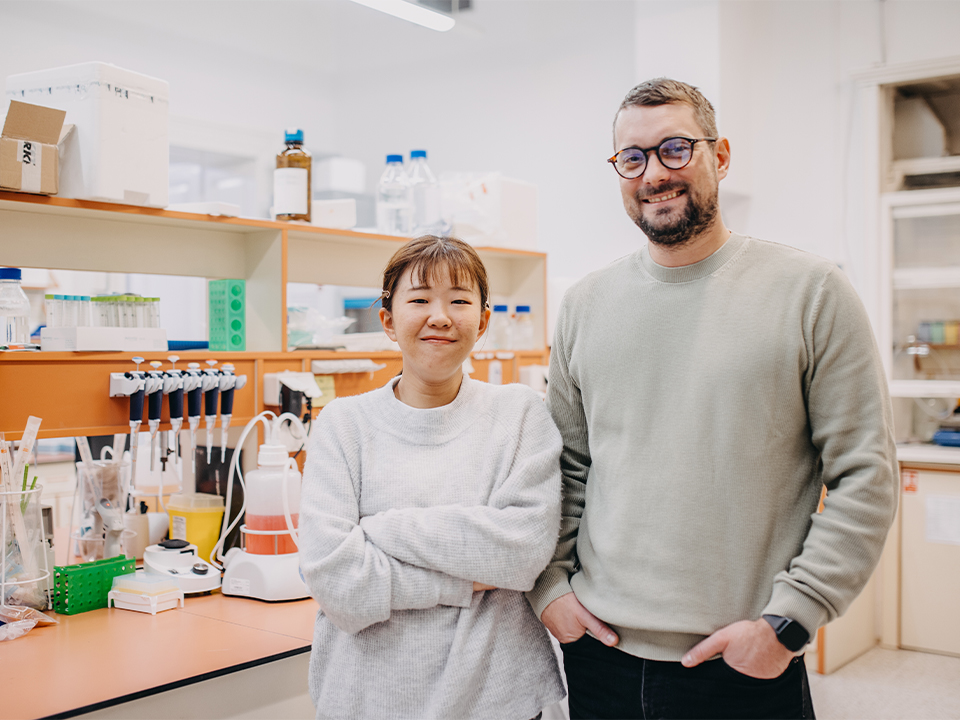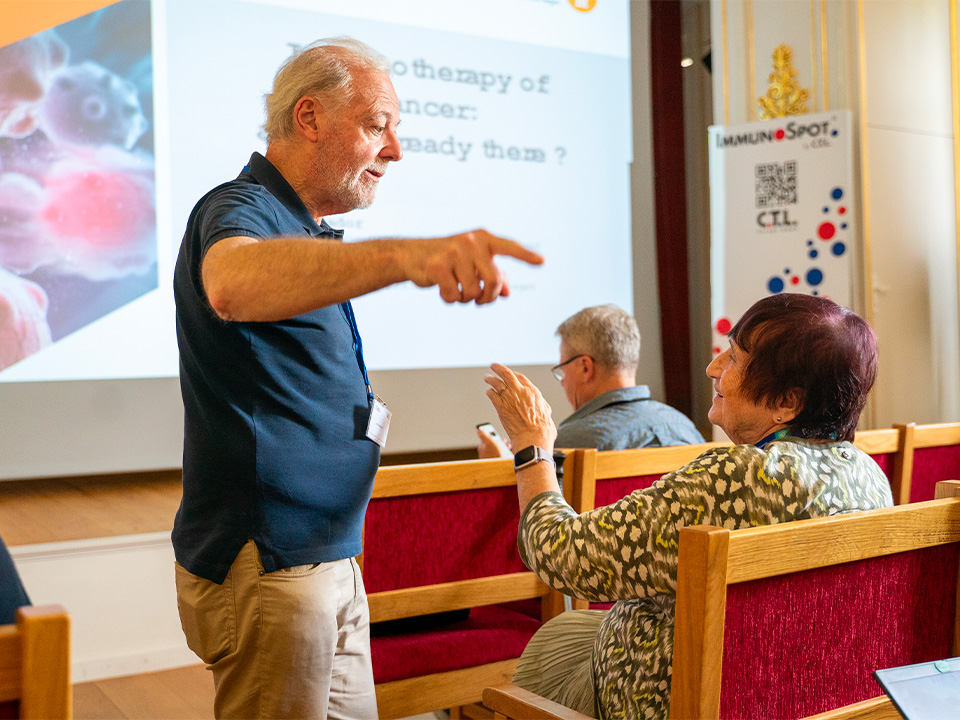Research at the BIOCEV center, have made a groundbreaking discovery regarding regenerative cells that could significantly enhance wound healing processes. Their findings published in Genome Biology suggest that wounds can heal without scarring, contingent upon the presence of Regeneration Initiation Cells (RICs).
In contrast to postnatal healing, prenatal healing is more of a regenerative process and is accompanied by very little or no scarring. Tailed amphibians are notorious for allowing lost body parts to regrow. In tailless amphibians, regeneration after metamorphosis is very limited. The larvae of tailless amphibians (tadpoles) heal very well and also without scarring. In a published study by lead author Radek Šindelka from the Laboratory of Gene Expression of the Institute of Biotechnology of the CAS, a new cell type is described that is involved in the regeneration of the amputated tail of the frog larva Xenopus laevis. The RICs induce regeneration of damaged tissue and are essential for rapid wound healing. In the future, they could help find a way to improve the healing of chronic wounds in clinical practice, says Radek Šindelka. “We are now characterizing the RICs to develop treatments that can activate them in injured tissues, inducing scar-free healing and facilitating the regeneration of tissues that would otherwise produce a scar.”
As Karel Smetana from the First Faculty of Medicine of the Charles University, whose group at the BIOCEV and the National Institute for Cancer Research was involved in the research, adds, “given that the tumour ecosystem is very similar to a healing wound, and some of the genes activated in RICs are likely to be key in terms of tumour biology, this study may also be of benefit for a better understanding of the behaviour of malignant tumours.”
Read more on the BIOCEV website.





